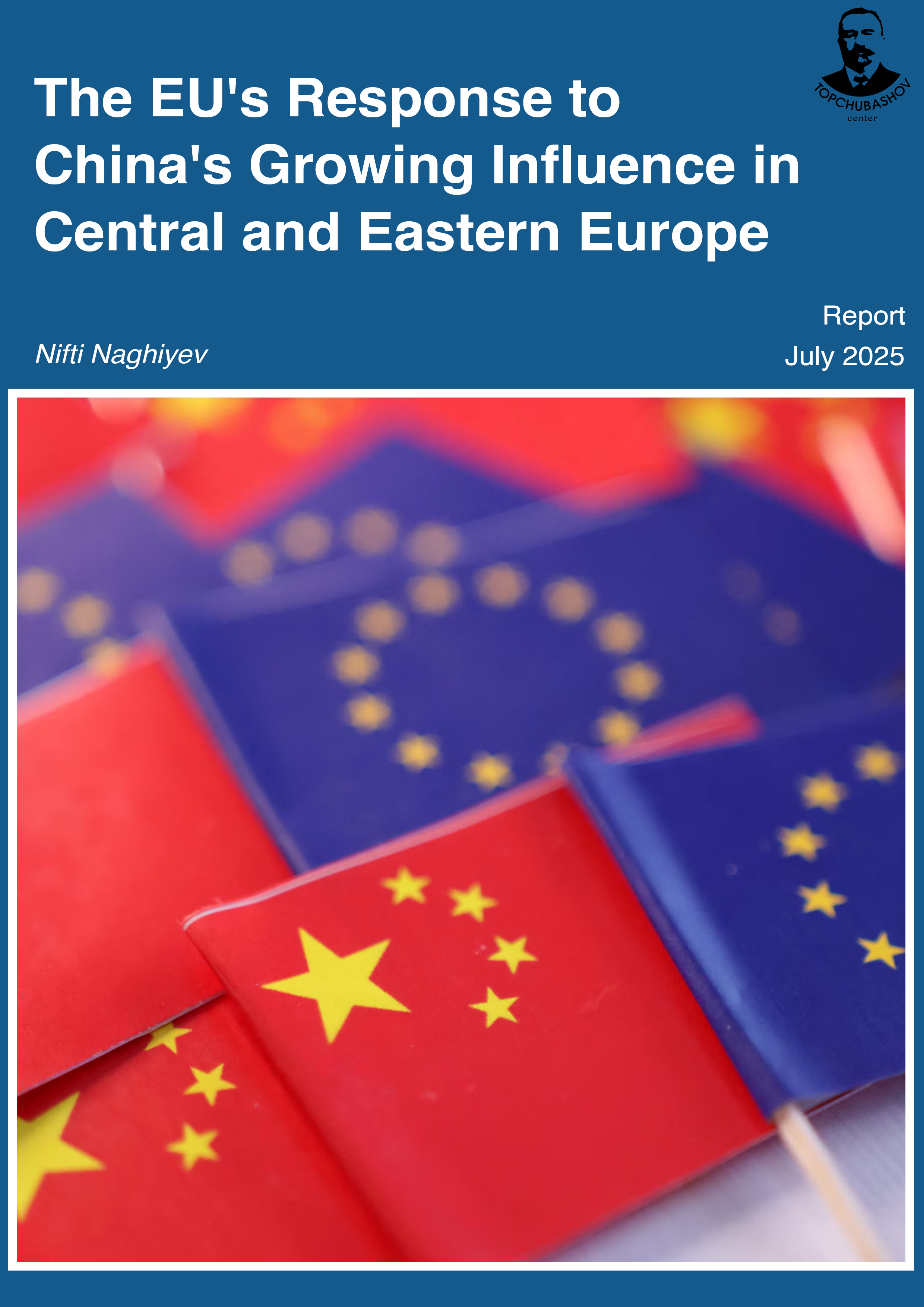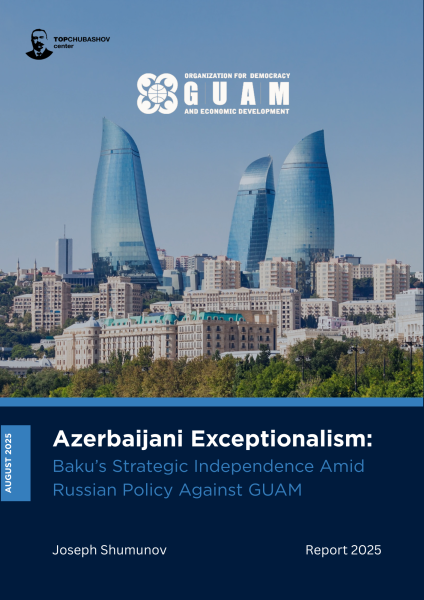The EU's response to China's growing influence in Central and Eastern Europe

The 16+1 Initiative, introduced by the People’s Republic of China in 2012, represents a strategic framework aimed at deepening economic and diplomatic engagement with sixteen Central and Eastern European (CEE) states. As a complementary mechanism to China’s Belt and Road Initiative (BRI), it was initially lauded for its potential to bolster infrastructure development, enhance trade connectivity, and attract substantial Chinese investment into a region historically positioned as a critical nexus between Europe and Asia. Over the past decade, however, this initiative has transitioned from a symbol of economic expansion to a locus of growing uncertainty, as questions surrounding its long-term viability and associated risks have emerged.
Recent geopolitical developments, particularly Russia’s invasion of Ukraine, have profoundly reshaped the strategic calculus of CEE states. This conflict has not only exposed vulnerabilities within the region but also compelled countries to reevaluate their foreign policy alignments, including their partnerships with China. While Chinese investments were initially perceived as a vehicle for economic modernization, skepticism has mounted regarding the sustainability, transparency, and geopolitical implications of such projects. The increasing tension reflects the broader complexities of navigating relationships between national sovereignty, regional stability, and adherence to European Union policies and transatlantic alliances.
This report critically examines the trajectory of China’s 16+1 Initiative, emphasizing the investment risks that have come to define its engagement with CEE. It explores the economic and political implications of Chinese involvement, addressing issues such as debt dependency, substandard infrastructure outcomes, and strategic vulnerabilities. By analyzing emblematic projects such as the Budapest-Belgrade railway and the stalled Cernavodă nuclear plant, this study highlights the intersection of regional and global factors shaping the initiative’s outcomes. In addition, it assesses the responses of the European Union to China's expanding presence in the region, evaluating how EU institutions and member states have sought to mitigate influence, ensure regulatory compliance, and maintain cohesion within the bloc.
Ultimately, the analysis aims to elucidate the broader ramifications of China’s engagement in CEE, offering an academic perspective on the interplay between economic cooperation, geopolitical uncertainty, and regional development trajectories.
Download the full report.







